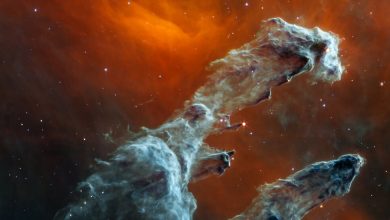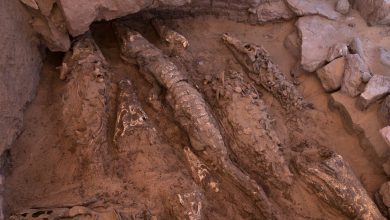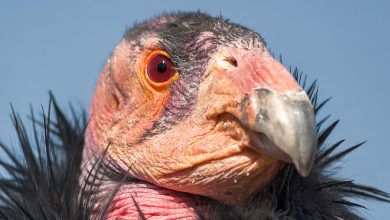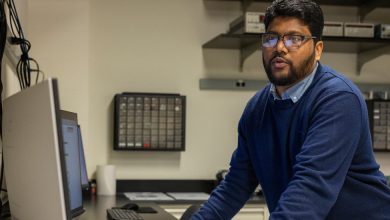Space Station to Earth: Houston, We Have Found the Tomato
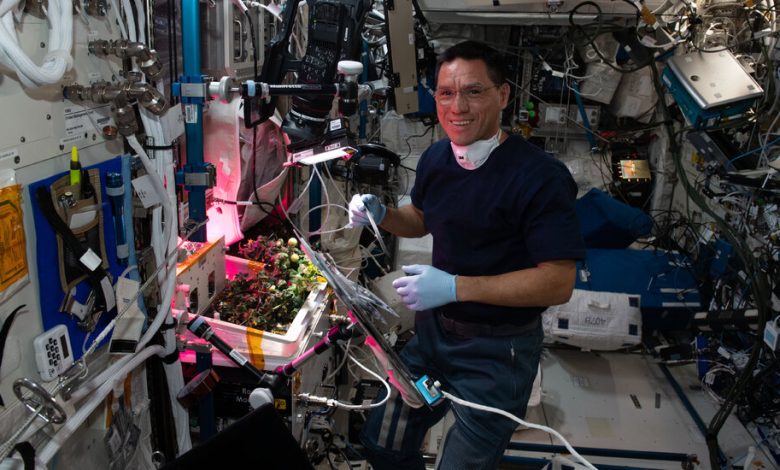
The NASA astronaut Frank Rubio returned to Earth in September after completing the longest single spaceflight for an American astronaut and had to confront one small, red mark on his legacy: He had lost a tomato somewhere in the International Space Station.
The tomato’s disappearance, he explained, had led to speculation that he had eaten it in secret, thus consuming important scientific research in a fit of desire for fresh produce while he was orbiting Earth.
“A proud moment of harvesting the first tomato in space became a self-inflicted wound of losing the first tomato in space,” Mr. Rubio said in an interview with NASA in October in which he discussed his record-setting 371 days in space.
The mystery of the tomato was resolved, and Mr. Rubio’s name cleared, on Wednesday during a separate interview from the NASA Johnson Space Center in Houston with the crew currently aboard the space station.
“Our good friend Frank Rubio, who headed home, has been blamed for quite a while for eating the tomato, but we can exonerate him,” said Maj. Jasmin Moghbeli. “We found the tomato.”
Major Moghbeli did not describe the tomato’s condition or where it had been found. NASA did not immediately respond to emailed questions on Monday.
The tomato was grown as part of a project to study how air- and water-based growing techniques affected plants.
Mr. Rubio said in an interview with NASA this year that one of his favorite science projects on the space station was studying the tomato plant. “I love working with that little plant and seeing it grow and develop,” he said.
Though the International Space Station is relatively small, there is plenty of room for a tiny tomato to disappear. The space station is 356 feet long and has six sleeping quarters, two bathrooms and a gym, according to NASA.
Then there is the ceaseless expanse outside it. Maj. Moghbeli was one of two astronauts who lost a tool bag in space in November while performing maintenance on the space station.
No one had suggested that the tomato was floating in space. Instead, the suspicion landed squarely on Mr. Rubio.
NASA’s deputy administrator, Pam Melroy, teased Mr. Rubio about the missing tomato in September, asking if he had eaten it.
“I wish I had at this point, because I think everybody thinks I did,” Mr. Rubio responded, laughing.
Back on Earth in October, Mr. Rubio said in an interview with NASA that he had put the tomato in a little bag to show it to a group of students who were about to have a call with one of his crewmates.
“I was pretty confident that I Velcroed it where I was supposed to Velcro it, and then I came back and it was gone,” he said.
Mr. Rubio then commenced a search for the missing tomato, which he estimated took between eight and 20 hours. “I wanted to find it mostly so I could prove, like, ‘I did not eat the tomato,’” he said.
He guessed that the tomato had “desiccated to the point where you couldn’t tell what it was” and could have been thrown away.
Mr. Rubio said, “Hopefully, somebody will find it someday, some little shriveled thing in a Ziploc bag, and they can prove the fact that I did not eat the tomato in space.”

